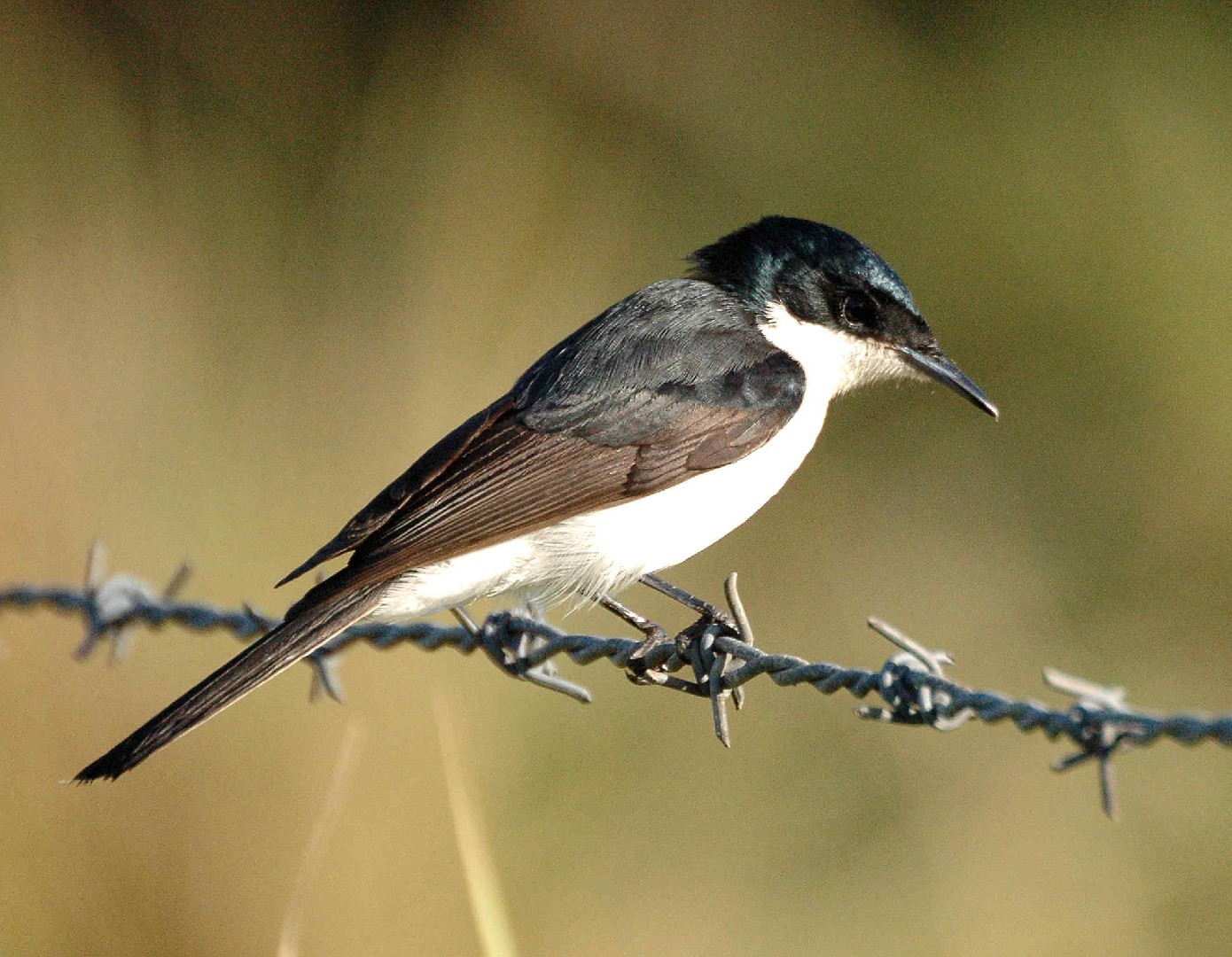Restless Flycatcher
A species of Broad-billed Flycatchers and Allies Scientific name : Myiagra inquieta Genus : Broad-billed Flycatchers and Allies
Restless Flycatcher, A species of Broad-billed Flycatchers and Allies
Botanical name: Myiagra inquieta
Genus: Broad-billed Flycatchers and Allies
Content
Description General Info
 Photo By Aviceda , used under CC-BY-SA-3.0 /Cropped and compressed from original
Photo By Aviceda , used under CC-BY-SA-3.0 /Cropped and compressed from original Description
It is about 20 cm (8 in) long, with a glossy dark blue crest, a grey-blue back and white underparts. It is similar to the willie wagtail, though the lack of a black throat, crest on head, white eyebrow and slenderer body shape are distinguishing features. 
Size
20 cm
Nest Placement
Tree
Feeding Habits
Restless Flycatcher's diet primarily includes insects and other invertebrates like spiders and centipedes. Restless Flycatcher forages solo or in pairs, often hovering to pluck prey from foliage, seldom feeding on the ground. Restless Flycatcher typically hunts from mid-canopy.
Habitat
Restless Flycatcher typically inhabits open and wooded areas, including lowland eucalypt woodlands, riverine forests with river red gums, and coastal as well as inland scrublands. They are also found in semi-urban spaces like golf courses, orchards, parks, and gardens. While restless Flycatcher prefers environments near water sources, its range extends across various broad geographical regions featuring sparse bushlands and understories, and up to elevations of around 1220 meters.
Dite type
Insectivorous
General Info
Feeding Habits
Bird food type
Distribution Area
The Restless Flycatcher is found throughout east, south-east and south-west Australia and Papua New Guinea. From Cairns in Far North Queensland into west of Central Queensland and most of New South Wales, Victoria, southern South Australia and south-west of Western Australia. During winter many south and south-eastern populations move further north. Its habitat is usually open and wooded forests, in river red gums near water, inland and coastal scrubs and some semi-urban environments. 
Species Status
Despite being described as of least concern by the IUCN, their population is decreasing. The exact number of individuals is unknown. 